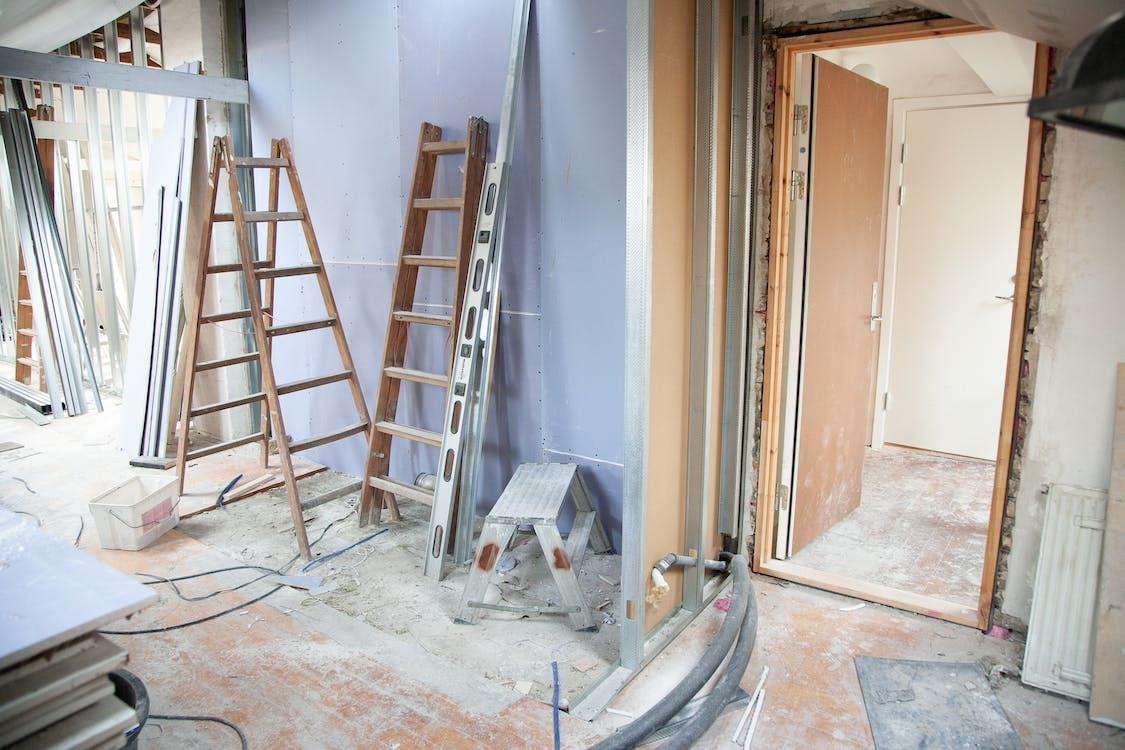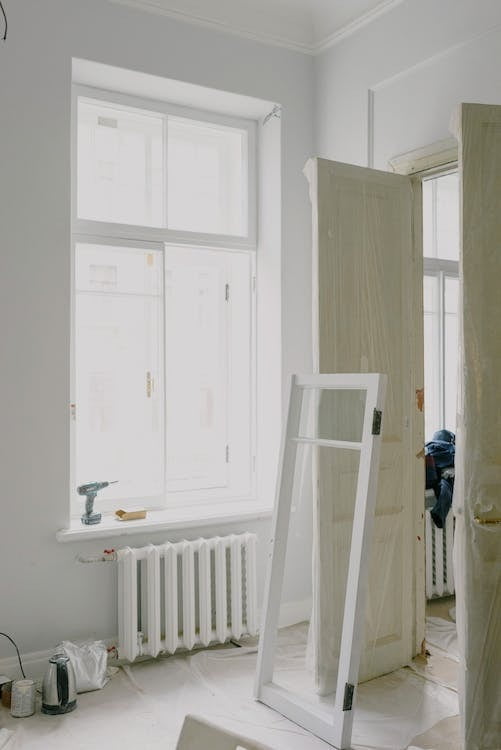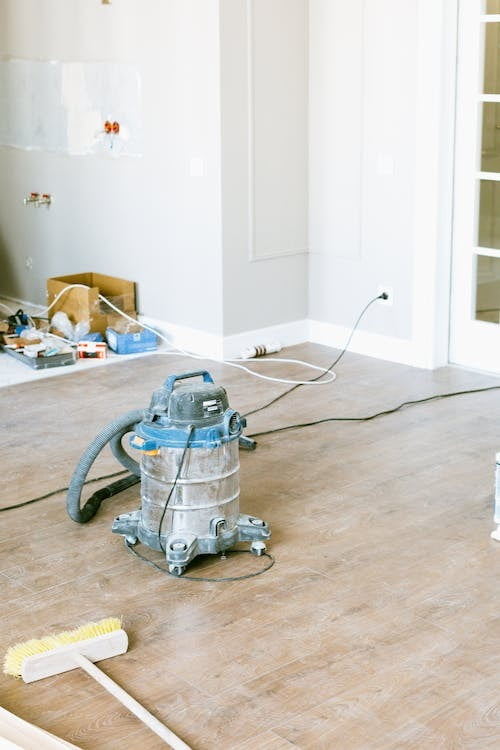
Bathroom remodeling projects often come with an unwelcome guest—dust. The accumulation of dust can be a major source of discomfort for many individuals, prompting a desire for a swift and efficient renovation process.
The reality is that dust and debris are virtually unavoidable during any construction or remodeling initiative. By implementing effective strategies, it is possible to minimize the build-up of dust and uphold a cleaner and safer environment
A good contractor should employ best practices to regulate the dust produced during remodeling. Below are some dust control techniques on how to prevent dust during construction to the greatest extent possible.

1. Install Dust Barriers
One of the most common ways to control dust is by installing dust barriers. These barriers could be plastic sheeting or other similar materials that can prevent dust from spreading to other areas of the house. This will also create a temporary barrier between the work area and the rest of your home. Your contractor will also create a plan for safely clearing away debris while taking steps to reduce the amount of dust that gets in the air.

2. Frequent Cleaning
2. Frequent Cleaning
Regular and thorough cleaning during the remodeling process can significantly reduce dust buildup. This includes sweeping, vacuuming, and wiping down surfaces. It's important to use a vacuum cleaner with a HEPA filter, which can trap even the smallest dust particles. Also, work closely with your contractor to establish a cleaning schedule and make sure it is followed consistently.
3. Sealing Off Areas
3. Sealing Off Areas
If possible, seal off the area being remodeled from the rest of the house. This can prevent dust from spreading to other areas. Your contractor may use plastic sheeting to cover doorways and HVAC vents or use a dust containment system to create negative air pressure in the work area. This will help ensure that any dust created during the remodeling process is contained within the designated area.
4. Wet Methods
4. Wet Methods
Using wet methods is another effective way to control dust during construction. This involves spraying or misting water on surfaces before and during demolition or cutting. The water helps keep the dust particles from becoming airborne, making them easier to clean up. Your contractor may also use a wet/dry vac to collect any excess water and debris.
5. Floor Protection
5. Floor Protection
Protecting floors is crucial during a remodeling project, not only to prevent damage but also to reduce dust. Your contractor may use protective coverings such as plastic sheeting or drop cloths over the flooring in high-traffic areas and remove them once the work is completed for the day. This will help keep dust from settling on surfaces and make it easier to clean up at the end.
6. Create Single Entry/Exit Points
6. Create Single Entry/Exit Points
Having a designated entry and exit point for workers can help control the spread of dust. This will prevent them from tracking dust to other areas of the house. If possible, have workers enter and exit through a designated door or window that leads directly outside. This can also help minimize foot traffic in other parts of your home, reducing the chances of dust spreading.
7. Wearing Protective Gear
7. Wearing Protective Gear
Workers should wear masks and other protective gear to protect themselves from inhaling dust. This is especially important for those who have respiratory issues or allergies. As a homeowner, it's also a good idea to wear protective gear when entering the work area and to keep any children or pets away from the remodeling zone.
8. Proper Disposal
8. Proper Disposal
Appropriately disposing of dust and debris can also help minimize dust buildup during a bathroom renovation. Your contractor should have a plan in place for proper disposal of materials and should use sealed containers to transport debris out of the work area.
9. Post-Construction Cleaning
9. Post-Construction Cleaning
Once the remodeling is complete, it's important to thoroughly clean the area. Your contractor should take steps to eliminate all dust and debris from surfaces, floors, and air ducts. This can include using wet mops or cloths to trap dust, vacuuming with a HEPA filter, and wiping down all surfaces with a wet cloth. This final step will ensure that your home is clean and safe for you and your family to enjoy.
While it's impossible to completely eliminate dust during a remodel, these strategies can help minimize it and make the process more comfortable for everyone involved. By working closely with your contractor and taking the necessary precautions, you can ensure a successful minimal dust bathroom remodel. Remember to communicate any concerns or questions you have with your contractor, and always prioritize safety for yourself and those around you.

